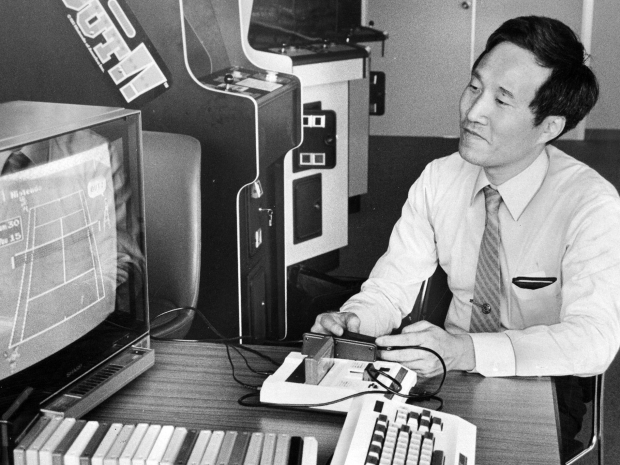Born in Tokyo in 1943, Uemura studied electronic engineering at the Chiba Institute of Technology and joined Nintendo in 1971.
Video game consoles had a moment of popularity in the early 1980s, but the market collapsed because of shoddy quality control and uninspiring software that failed to provide the thrills of arcade hits like Pac-Man and Space Invaders.
Shedloads of unsold game cartridges ended up in landfills, and retailers decided that home gaming systems had no future. But in 1985, the release of the Nintendo Entertainment System in the United States changed the industry forever.
Uemura was tasked by then-president Hiroshi Yamauchi in 1981 with developing a home console for games like Donkey Kong, which was a huge hit in the United States at the time but only available for arcade use.
The so-called Famicom game system hit the Japanese market in 1983 as Nintendo’s first cartridge-based console, allowing users to play popular games that came in cassette formats. The upgraded Super Famicom was released in Japan in 1990.
The unassuming gray box with its distinctive controllers became a must-have for an entire generation of children and prompted Nintendo's virtual monopoly over the industry for the better part of a decade as competitors pulled out of the market in response to the company's dominance.
The NES was not the first video game console. The quality of the games that became available for the NES, including titles like Super Mario Brothers, made it much more appealing than pervious boxes and that lead to its commercial success. These games would not have been possible without the hardware that Uemura designed.
After retiring from Nintendo, Uemura taught game studies starting in 2004 at Ritsumeikan University in the ancient Japanese capital, which is also home to Nintendo.
“We offer our heartfelt appreciation for Mr. Uemura’s huge contributions to the development of the game industry by introducing a variety of video game consoles including family computers”, Ritsumeikan University said in a statement.




